- Meet the New Yorker who moved to Spain to become a flamenco dancer
- Meet 'El Yiyo': Spain's new flamenco prodigy
- Will coronavirus spell the end for Spain's flamenco clubs?
CULTURE
Flamenco legend hopes new show will soothe pandemic-weary souls
Music and dance as a healing balm for pandemic-weary souls is what Spain's Joaquin Cortes had in mind for his new show that opens this Christmas ahead of a global tour.
Published: 12 December 2020 11:41 CET

Joaquin Cortes rehearses on December 10th. Photo: Pierre-Phillippe Marcou/AFP
After a year away from the stage, the legendary flamenco artist who has been dancing for nearly four decades, returns to the spotlight on December 23 when his new show debuts at Madrid's WiZink auditorium.
“Culture is both necessary and vital for everyone, and dance and music are medicine for the soul,” he told AFP between rehearsals in the Spanish capital.
Acutely aware of the damage caused to the arts by the pandemic which has cancelled countless shows, tours and concerts, Cortes wants his new act to encourage people back into theatres.
READ ALSO:
The idea is to show that “it's safe, that people have to get out and watch shows,” said the 51-year-old who was born into a gypsy family in the southern city of Cordoba.
“Just like when you go to the supermarket or in the metro and nothing happens, it's a lot safer,” he said, referring to restrictions on numbers in theatres and the mandatory use of masks.
“We have to move forward, life goes on,” said this UNESCO goodwill ambassador who was nominated for his support for and defence of Roma culture.
Entitled “Esencia” (“Essence”), the new show fuses flamenco with jazz dance and salsa, with music composed by Cortes and well-known flamenco musicians the Carbonell brothers.
'My fantasy world'
The idea was to fuse “everything I've learned and experienced through my global travels” over a decades-long career that began when he was admitted to Spain's National Ballet at the age of 14.
“It's the maturing of an artist… your own fragrance, your own essence, your life, your way of expressing the many things you've absorbed that comes out in your dance and the way you express yourself as choreographer, as creator,” said Cortes, known for fusing flamenco with classical and contemporary dance.
The plan is to take the show around the world starting in March or April, although he admits much will depend on the rollout of anti-Covid vaccines.
Produced entirely on his own without any third-party backing, “Esencia” will see him performing alongside artists like flamenco singer Estrella Morente.
“For me returning to the stage is very important, I cut my teeth on a stage. The stage is my bedroom, it's my fantasy world,” he says. “I'm looking forward to getting back because for me, it's essential.”
Url copied to clipboard!


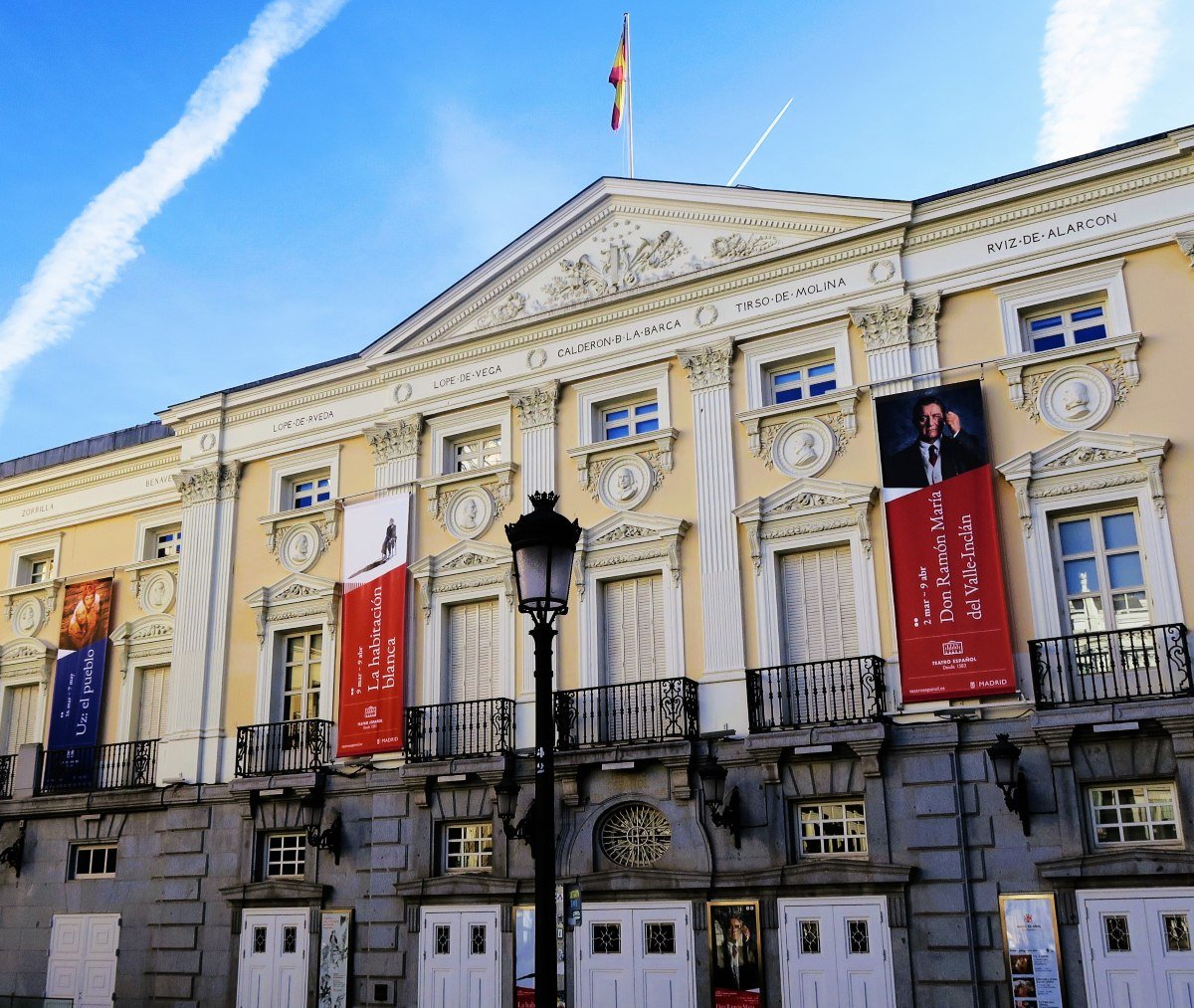
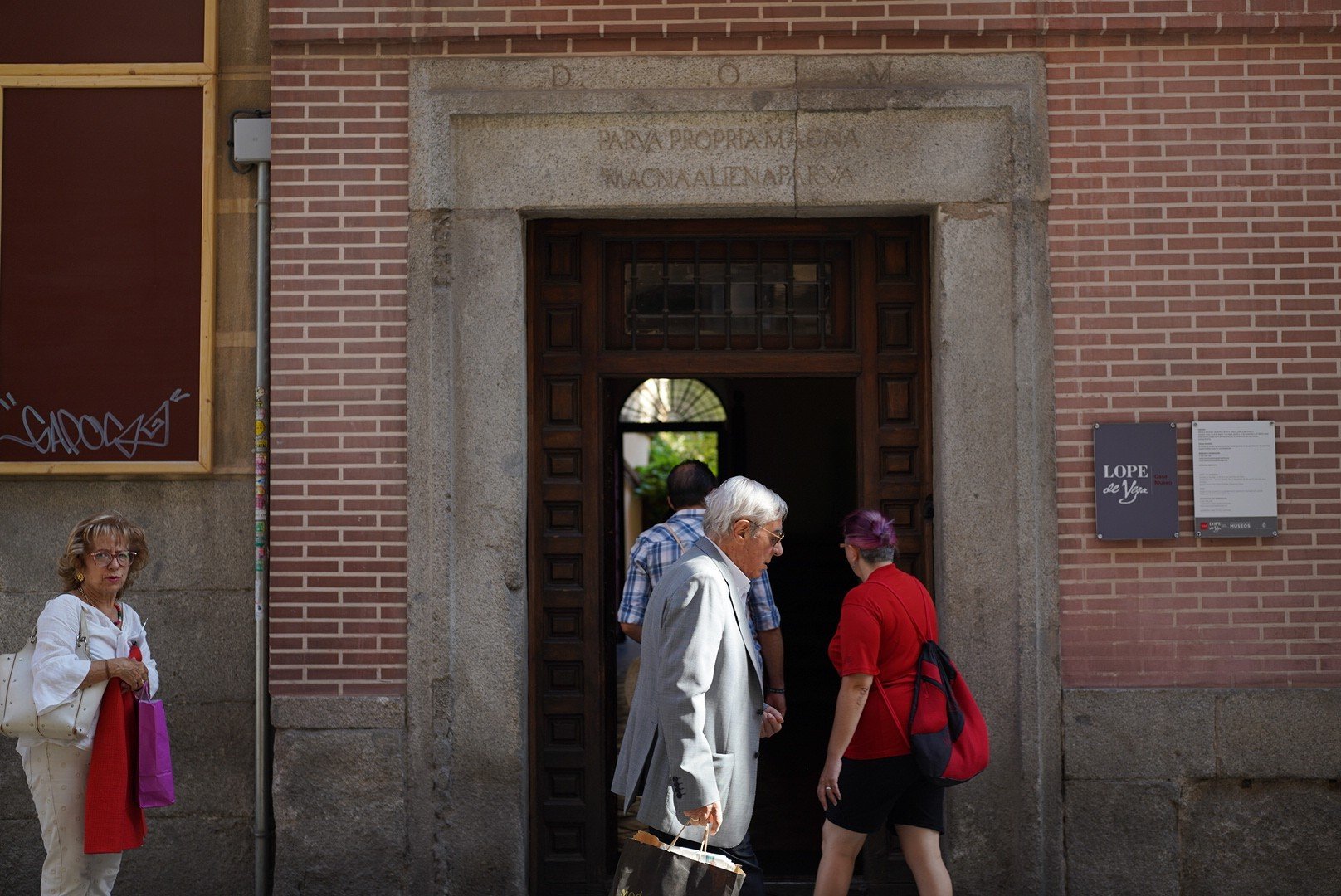


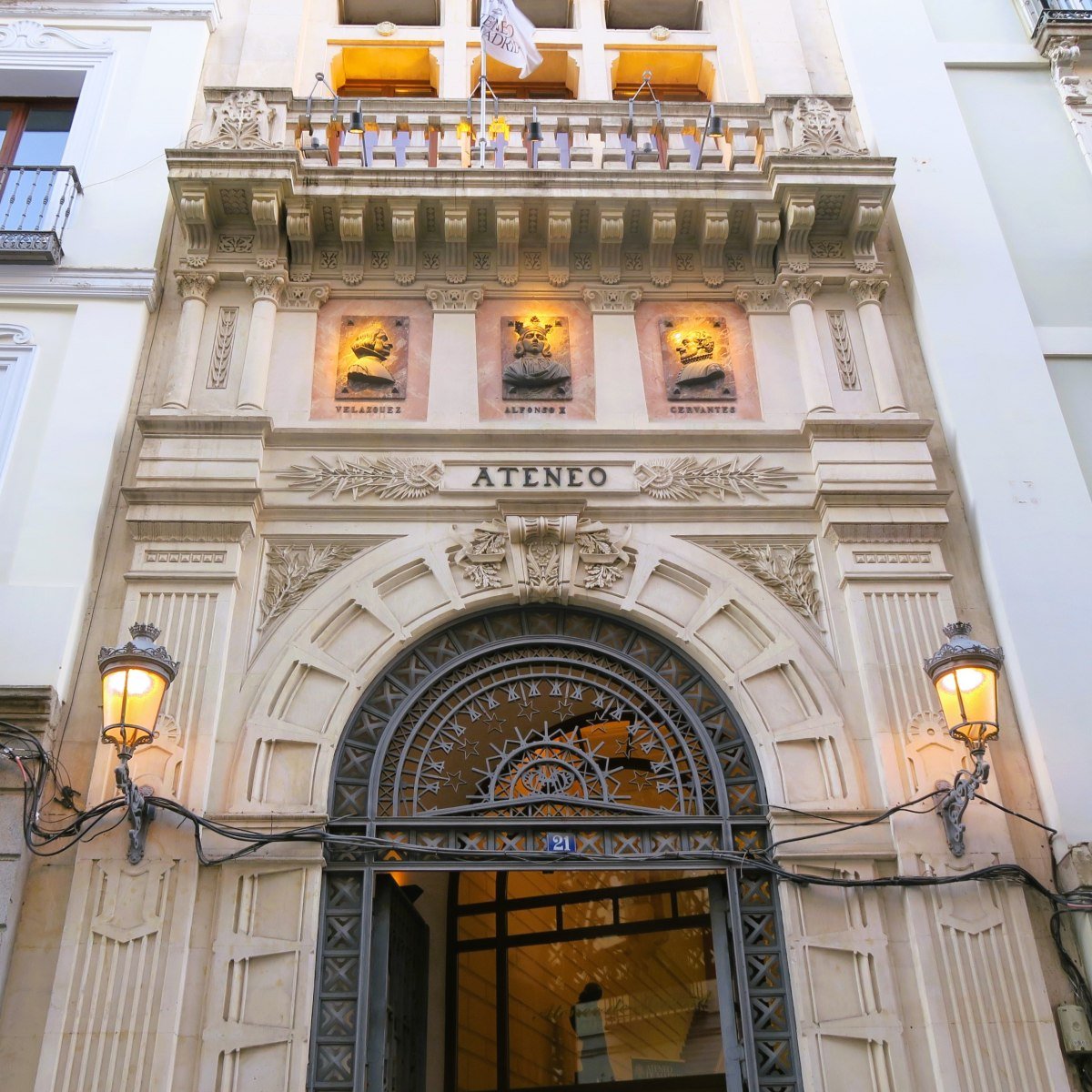
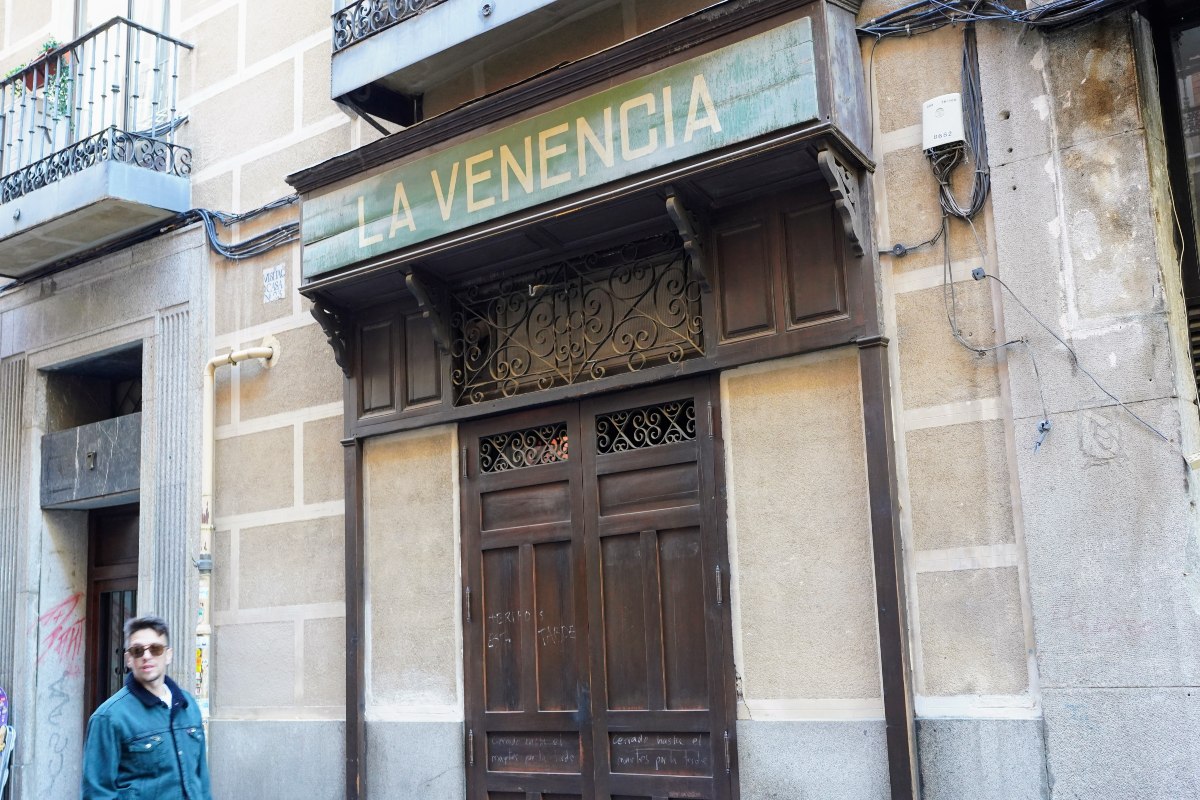
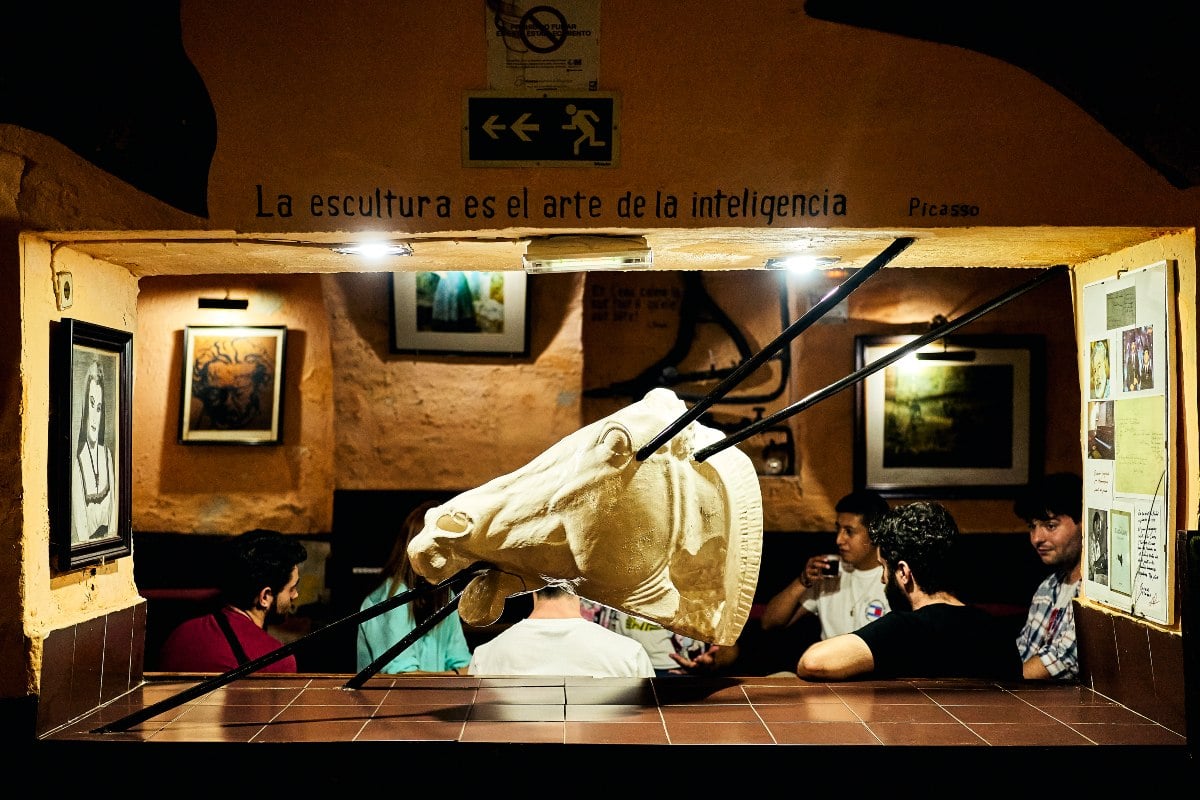
 Please whitelist us to continue reading.
Please whitelist us to continue reading.
Member comments